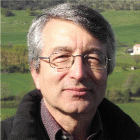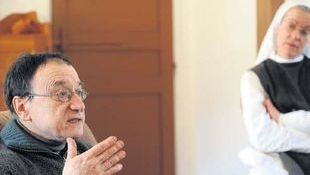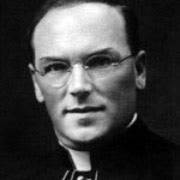
Archbishop Chaput in Philadelphia knows he faces some very bad publicity in the spring when a trial for the archdiocese’s failure to protect children commences.
Chaput in a letter that is to be read this weekend in all churches in Philadelphia is announcing his strategy: to protect the treasures of the Church, not, as was said in apostolic times, the poor, but cash and other liquid assets. Chaput concludes his letter he concludes:
Finally, the resources of the Church do not belong to the bishops or the clergy; they belong to the entire Catholic people, including the faithful generations who came before us. The Church is a community of faith alive in the present but also connected across the years through time. The Church holds her resources in stewardship for the whole Catholic community, to carry out our shared apostolic mission as believers in Jesus Christ. This means that as archbishop, I have the duty not just to defend those limited resources, but also to ensure that the Church uses them with maximum care and prudence; to maximum effect; and with proper reporting and accountability.
But the bishops and the clergy have always behaved as if the resources of the Church belonged to them. The bishops have absolute control and no accountability; the laity have no say in the finances of the church. Their only duty is to cough up.












